-
 Bitcoin
Bitcoin $119000
-2.21% -
 Ethereum
Ethereum $4315
1.01% -
 XRP
XRP $3.151
-3.11% -
 Tether USDt
Tether USDt $0.0000
0.00% -
 BNB
BNB $808.5
-0.71% -
 Solana
Solana $175.8
-4.21% -
 USDC
USDC $0.9999
0.00% -
 Dogecoin
Dogecoin $0.2250
-3.92% -
 TRON
TRON $0.3469
1.77% -
 Cardano
Cardano $0.7818
-3.81% -
 Chainlink
Chainlink $21.47
-2.10% -
 Hyperliquid
Hyperliquid $43.30
-6.81% -
 Stellar
Stellar $0.4370
-2.84% -
 Sui
Sui $3.682
-4.40% -
 Bitcoin Cash
Bitcoin Cash $590.8
2.67% -
 Hedera
Hedera $0.2484
-5.20% -
 Ethena USDe
Ethena USDe $1.001
0.00% -
 Avalanche
Avalanche $23.10
-4.29% -
 Litecoin
Litecoin $119.2
-3.96% -
 Toncoin
Toncoin $3.409
0.90% -
 UNUS SED LEO
UNUS SED LEO $9.016
-1.29% -
 Shiba Inu
Shiba Inu $0.00001304
-3.82% -
 Uniswap
Uniswap $11.18
1.33% -
 Polkadot
Polkadot $3.913
-3.51% -
 Cronos
Cronos $0.1672
-3.08% -
 Dai
Dai $1.000
0.02% -
 Ethena
Ethena $0.7899
-4.70% -
 Bitget Token
Bitget Token $4.400
-1.23% -
 Pepe
Pepe $0.00001132
-5.93% -
 Monero
Monero $257.9
-6.44%
How to interpret USDT perpetual contract order information?
USDT perpetual contracts are a type of crypto derivative that allows traders to leverage and speculate on the future price movements of an underlying asset.
Dec 13, 2024 at 07:06 am
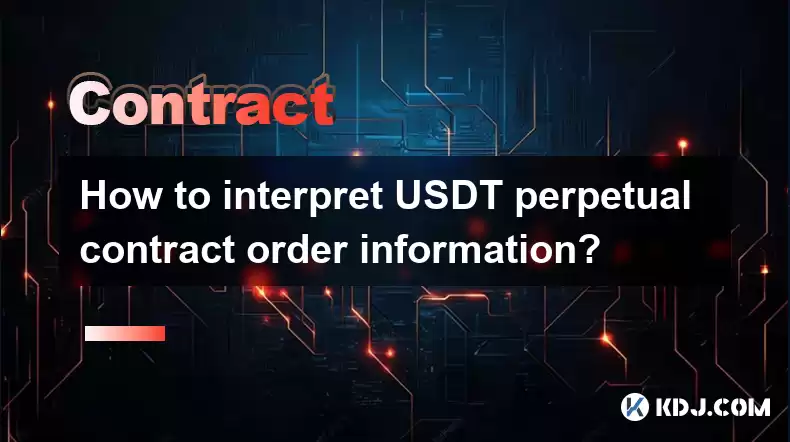
How to Interpret USDT Perpetual Contract Order Information
USDT perpetual contracts are a type of crypto derivative that allows traders to speculate on the future price of an underlying asset, in this case, USDT. Unlike traditional futures contracts, perpetual contracts do not have an expiration date, meaning they can be held indefinitely. This makes them a popular choice for traders who want to maintain exposure to an asset without having to worry about rolling over their positions.
To trade USDT perpetual contracts, you'll need to use a cryptocurrency exchange that offers this type of contract. Once you've found an exchange, you'll need to create an account and deposit USDT into your account.
Once you've funded your account, you can start placing orders. USDT perpetual contracts are traded in pairs, with the base currency (USDT) and the quote currency (the asset you're speculating on). When you place an order, you'll need to specify the following information:
1. Order Type
The two main types of orders are market orders and limit orders. Market orders are executed immediately at the best available price, while limit orders are only executed when the price reaches a certain level.
2. Side of Order
You'll need to specify whether you want to buy or sell the contract. If you think the price of the underlying asset will go up, you would place a buy order. If you think the price will go down, you would place a sell order.
3. Order Quantity
This is the number of contracts you want to buy or sell.
4. Order Price (for limit orders only)
If you're placing a limit order, you'll need to specify the price at which you want the order to be executed.
5. Leverage (Optional)
Leverage allows you to trade with more capital than you have in your account. However, it also amplifies your potential profits and losses.
6. Stop Loss (Optional)
A stop-loss order is a type of order that automatically closes your position when the price of the underlying asset reaches a certain level. This can help you limit your losses in the event of a sudden price drop.
7. Take Profit (Optional)
A take-profit order is a type of order that automatically closes your position when the price of the underlying asset reaches a certain level. This can help you lock in your profits in the event of a sudden price increase.
Once you've placed your order, it will be added to the order book. The order book is a list of all the buy and sell orders for a particular contract. The best bid (highest price) and ask (lowest price) are always at the top of the order book.
Your order will be executed when the price of the underlying asset reaches your specified order price. If you're placing a market order, your order will be executed immediately at the best available price.
Once your order has been executed, you'll have a position in the contract. You can monitor your position in the "Positions" tab of your trading account. You can also close your position at any time by placing an opposite order (e.g., if you bought a contract, you can close your position by selling the same number of contracts).
Profit and Loss
Your profit or loss on a USDT perpetual contract is calculated based on the difference between the price at which you entered the contract and the price at which you exited the contract. If you bought a contract at $100 and sold it at $110, you would have made a profit of $10.
Tips for Trading USDT Perpetual Contracts
- Do your research. Before you start trading USDT perpetual contracts, it's important to do your research and understand how they work.
- Start small. When you're first starting out, it's a good idea to start trading with small amounts of capital until you get a feel for the market.
- Use leverage wisely. Leverage can amplify your profits and losses, so it's important to use it wisely. Don't overextend yourself, and only use leverage if you're comfortable with the risks involved.
- Place stop-loss orders. Stop-loss orders can help you limit your losses in the event of a sudden price drop.
- Take profits when they're available. Don't get greedy and hold onto your profits for too long. If you've made a profit, take it and don't risk it all by trying to hold out for more.
- Avoid revenge trading. Revenge trading is a common mistake that traders make after they've lost money. Don't try to make up for your losses by trading recklessly. Wait until you're calm and collected before you start trading again.
Disclaimer:info@kdj.com
The information provided is not trading advice. kdj.com does not assume any responsibility for any investments made based on the information provided in this article. Cryptocurrencies are highly volatile and it is highly recommended that you invest with caution after thorough research!
If you believe that the content used on this website infringes your copyright, please contact us immediately (info@kdj.com) and we will delete it promptly.
- PumpFun (PUMP) Price: Riding the Meme Coin Wave or Facing a Wipeout?
- 2025-08-12 16:50:12
- Arctic Pablo Coin: Meme Coin Growth Redefined?
- 2025-08-12 16:50:12
- Ether ETFs Surge: Inflows and Bull Signs Point to $4K ETH?
- 2025-08-12 16:30:12
- Bitcoin, Crypto Market, and CPI Anticipation: A New York Minute on Volatility
- 2025-08-12 16:30:12
- Bitcoin, CPI, and Market Fears: Navigating the Crypto Landscape
- 2025-08-12 15:10:13
- BTC Traders Eye ETH Targets as CPI Looms: A New York Minute
- 2025-08-12 15:10:13
Related knowledge
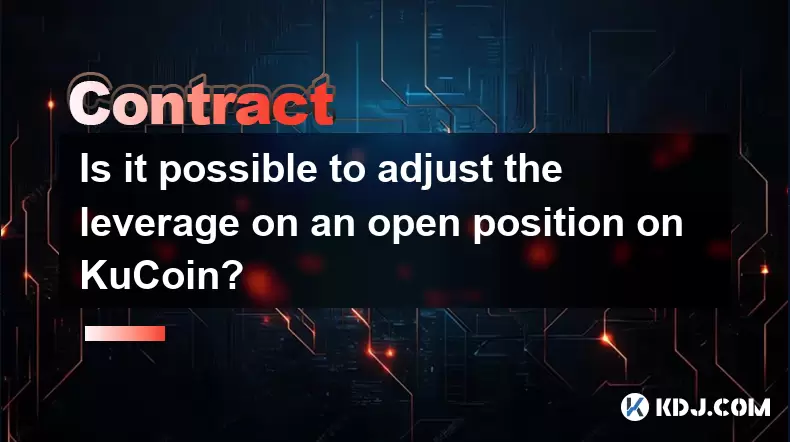
Is it possible to adjust the leverage on an open position on KuCoin?
Aug 09,2025 at 08:21pm
Understanding Leverage in KuCoin Futures TradingLeverage in KuCoin Futures allows traders to amplify their exposure to price movements by borrowing fu...
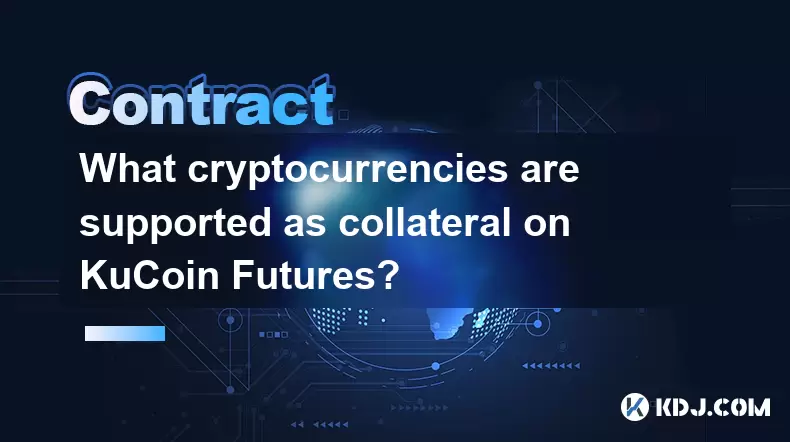
What cryptocurrencies are supported as collateral on KuCoin Futures?
Aug 11,2025 at 04:21am
Overview of KuCoin Futures and Collateral MechanismKuCoin Futures is a derivatives trading platform that allows users to trade perpetual and delivery ...
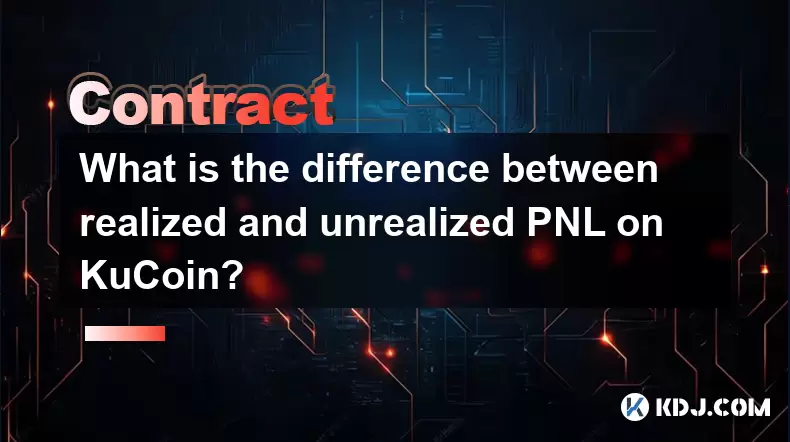
What is the difference between realized and unrealized PNL on KuCoin?
Aug 09,2025 at 01:49am
Understanding Realized and Unrealized PNL on KuCoinWhen trading on KuCoin, especially in futures and perpetual contracts, understanding the distinctio...
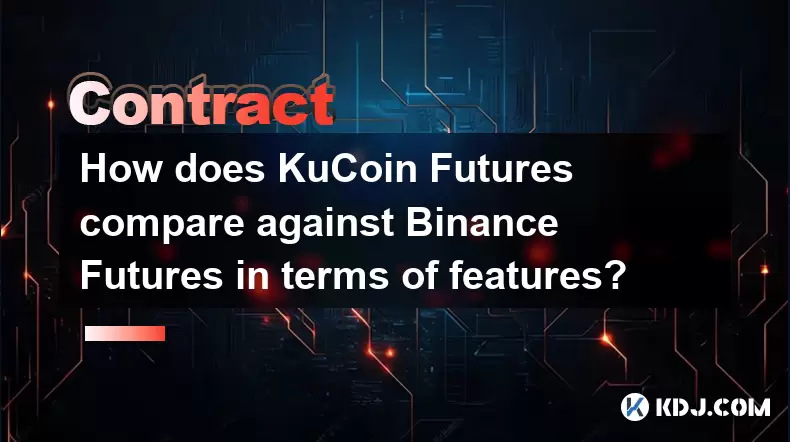
How does KuCoin Futures compare against Binance Futures in terms of features?
Aug 09,2025 at 03:22am
Trading Interface and User ExperienceThe trading interface is a critical component when comparing KuCoin Futures and Binance Futures, as it directly i...
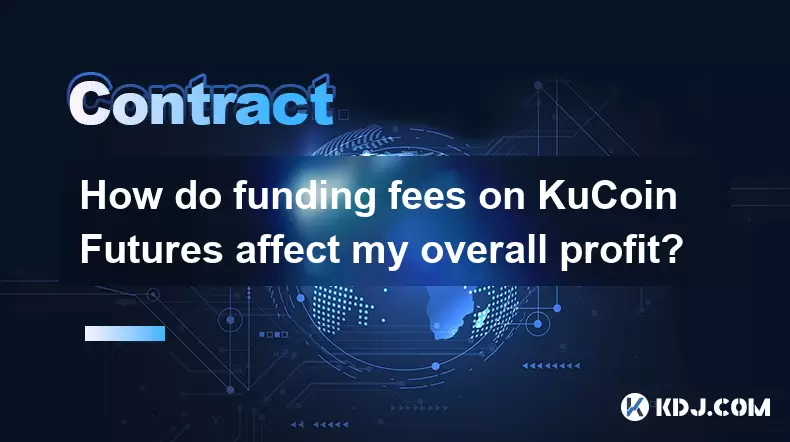
How do funding fees on KuCoin Futures affect my overall profit?
Aug 09,2025 at 08:22am
Understanding Funding Fees on KuCoin FuturesFunding fees on KuCoin Futures are periodic payments exchanged between long and short position holders to ...
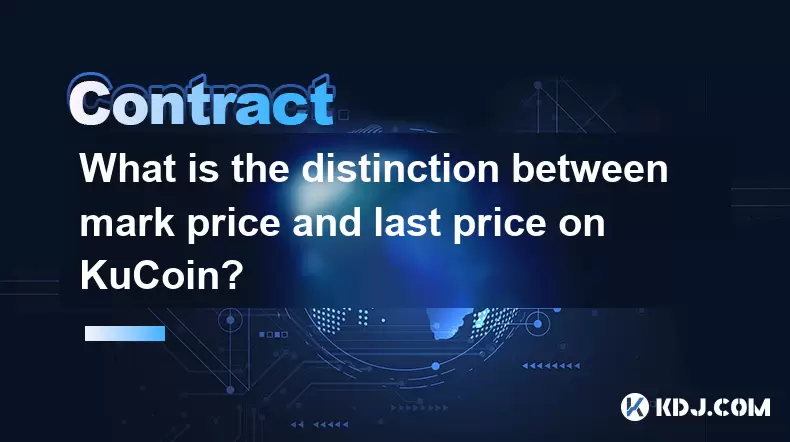
What is the distinction between mark price and last price on KuCoin?
Aug 08,2025 at 01:58pm
Understanding the Basics of Price in Cryptocurrency TradingIn cryptocurrency exchanges like KuCoin, two key price indicators frequently appear on trad...

Is it possible to adjust the leverage on an open position on KuCoin?
Aug 09,2025 at 08:21pm
Understanding Leverage in KuCoin Futures TradingLeverage in KuCoin Futures allows traders to amplify their exposure to price movements by borrowing fu...

What cryptocurrencies are supported as collateral on KuCoin Futures?
Aug 11,2025 at 04:21am
Overview of KuCoin Futures and Collateral MechanismKuCoin Futures is a derivatives trading platform that allows users to trade perpetual and delivery ...

What is the difference between realized and unrealized PNL on KuCoin?
Aug 09,2025 at 01:49am
Understanding Realized and Unrealized PNL on KuCoinWhen trading on KuCoin, especially in futures and perpetual contracts, understanding the distinctio...

How does KuCoin Futures compare against Binance Futures in terms of features?
Aug 09,2025 at 03:22am
Trading Interface and User ExperienceThe trading interface is a critical component when comparing KuCoin Futures and Binance Futures, as it directly i...

How do funding fees on KuCoin Futures affect my overall profit?
Aug 09,2025 at 08:22am
Understanding Funding Fees on KuCoin FuturesFunding fees on KuCoin Futures are periodic payments exchanged between long and short position holders to ...

What is the distinction between mark price and last price on KuCoin?
Aug 08,2025 at 01:58pm
Understanding the Basics of Price in Cryptocurrency TradingIn cryptocurrency exchanges like KuCoin, two key price indicators frequently appear on trad...
See all articles

























































































